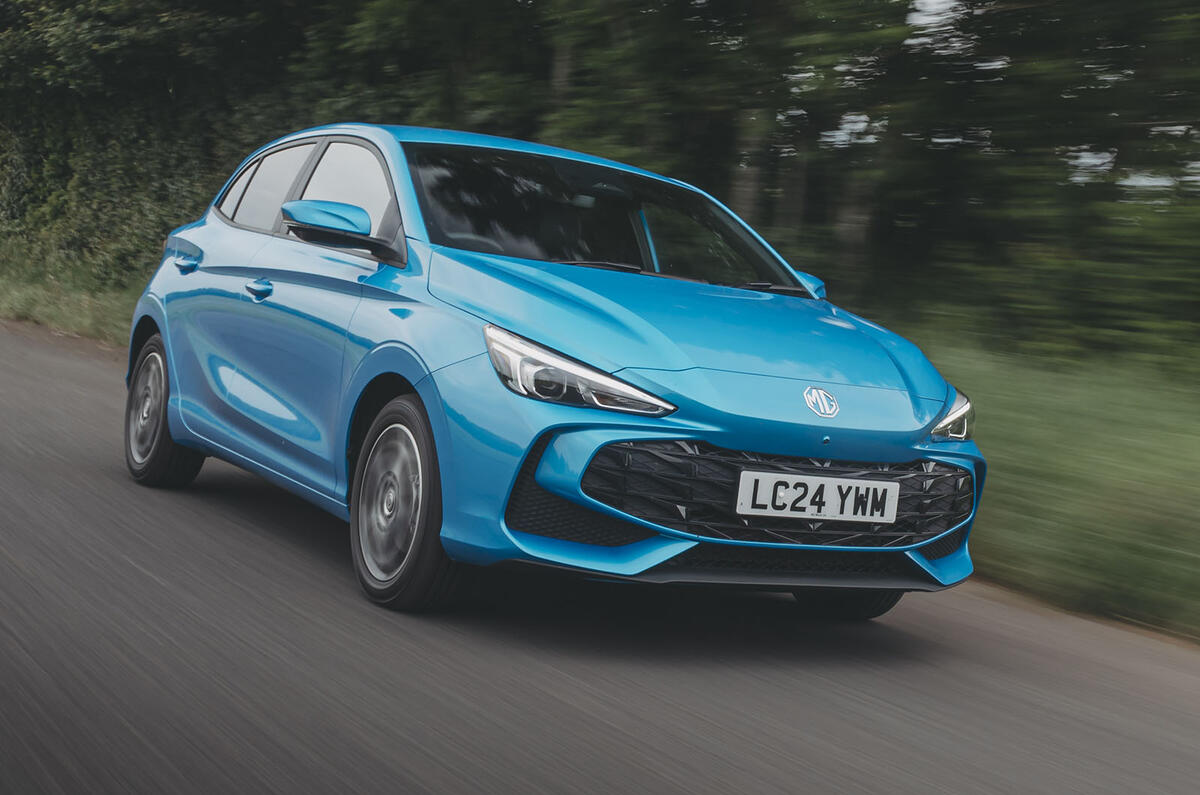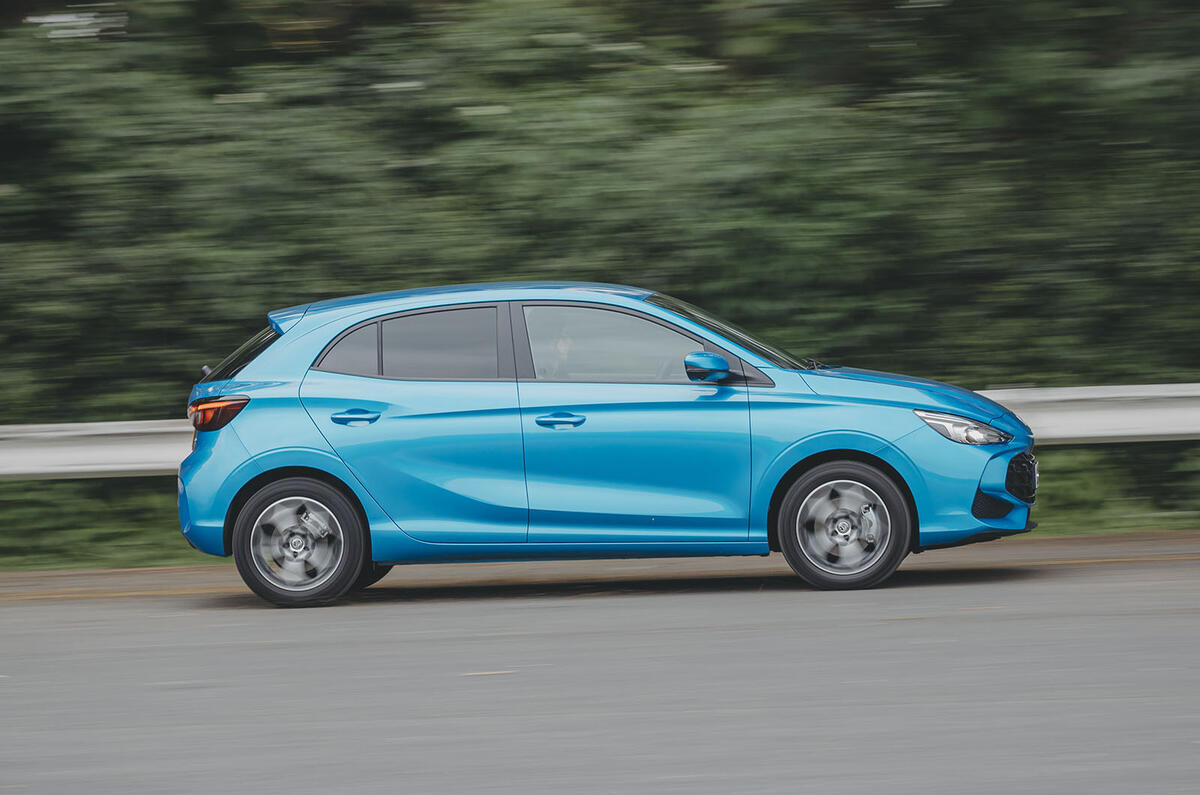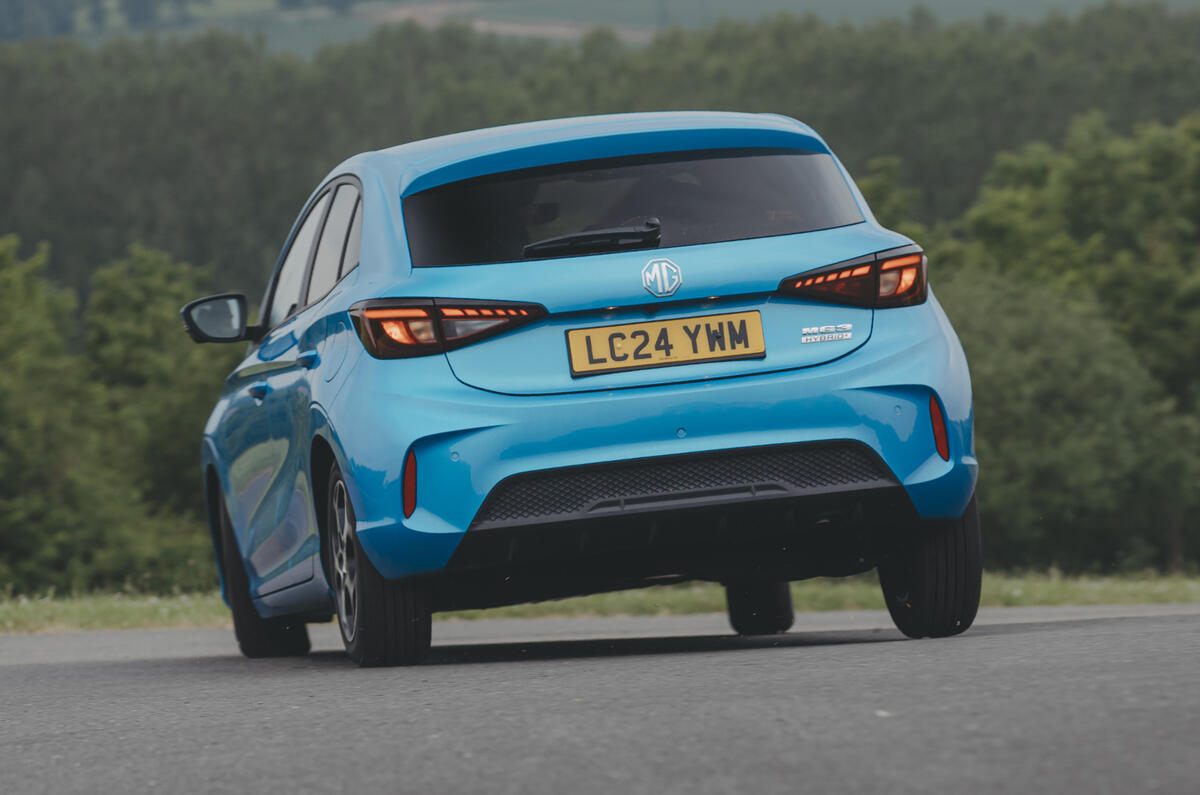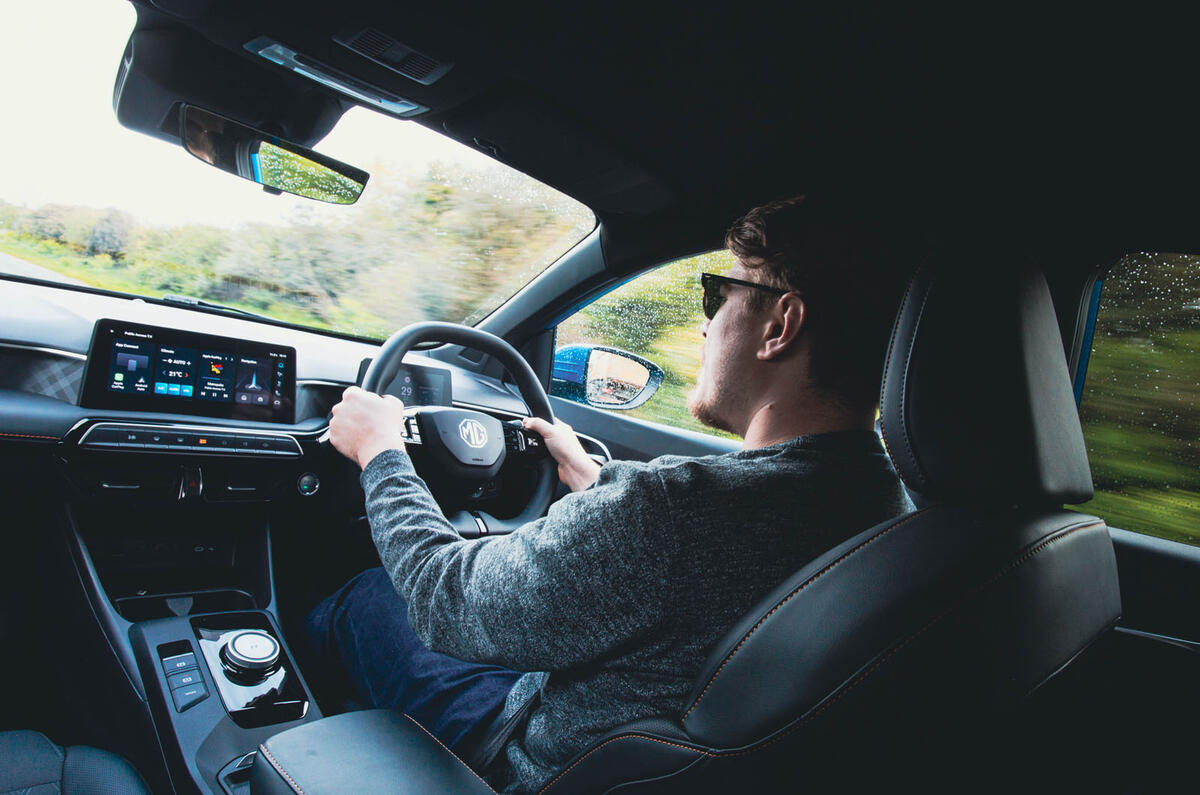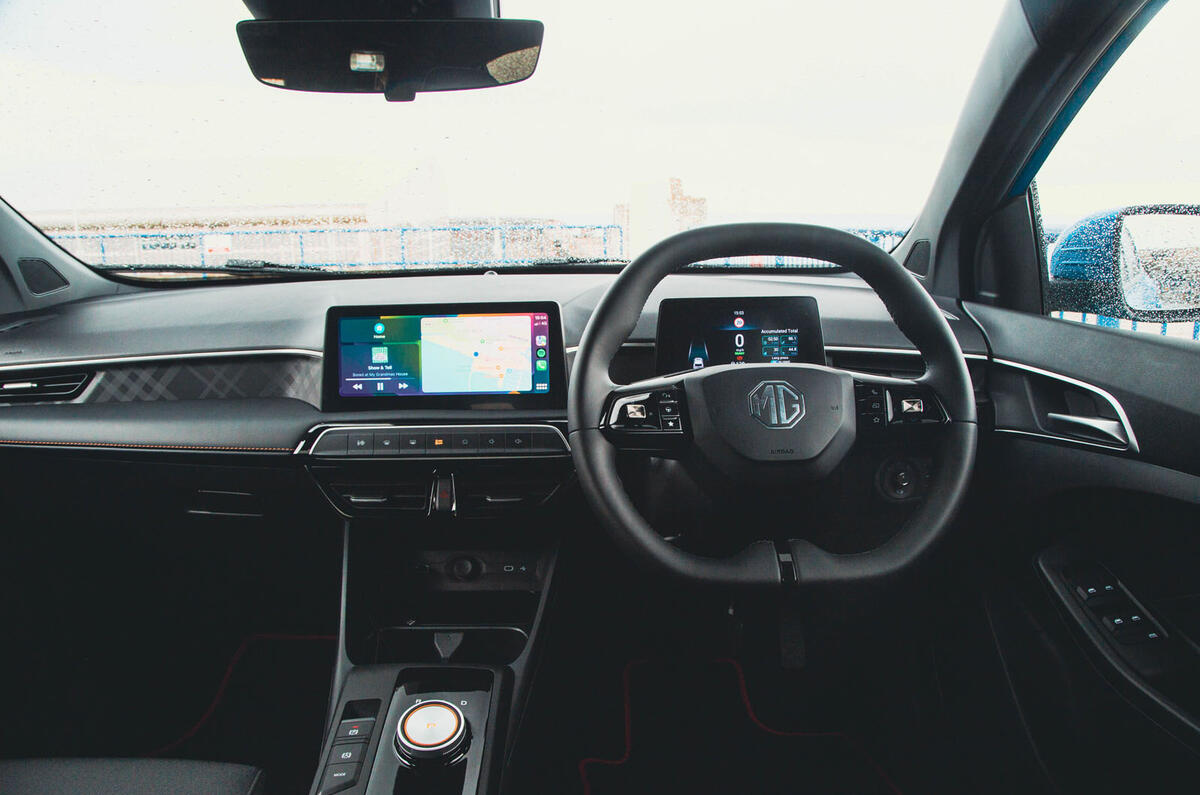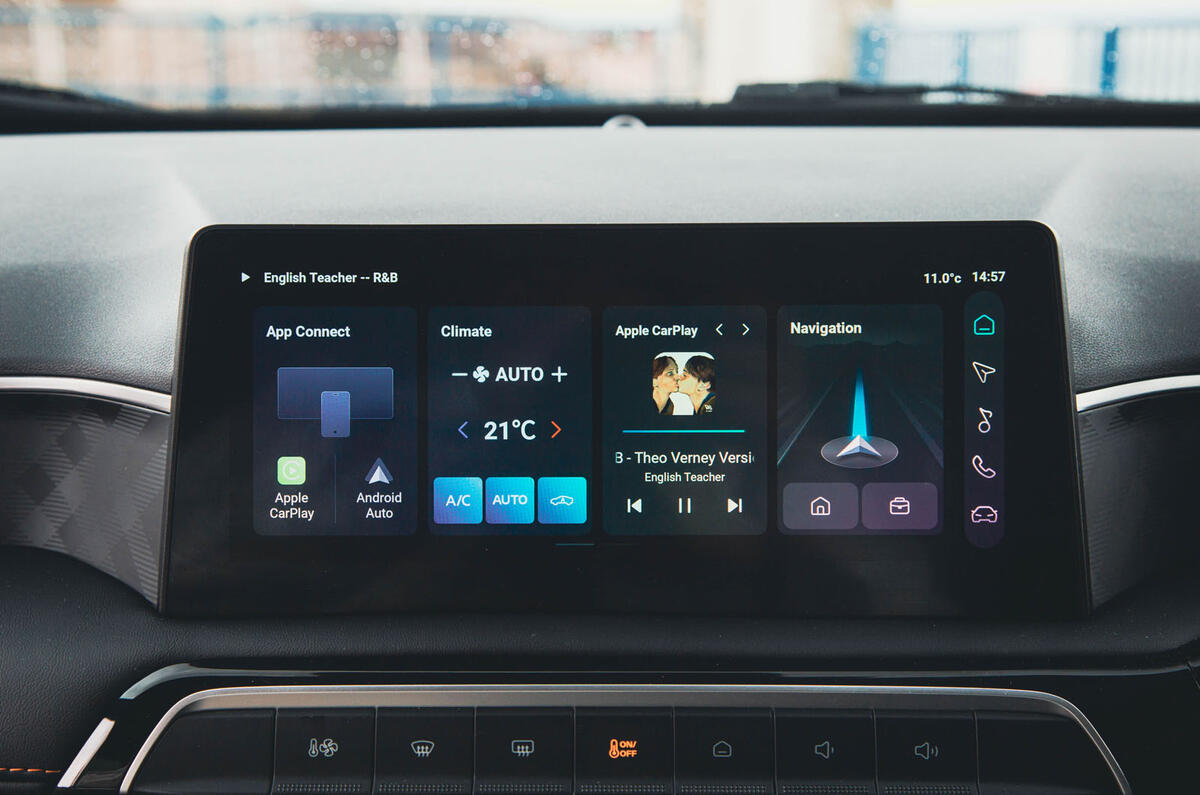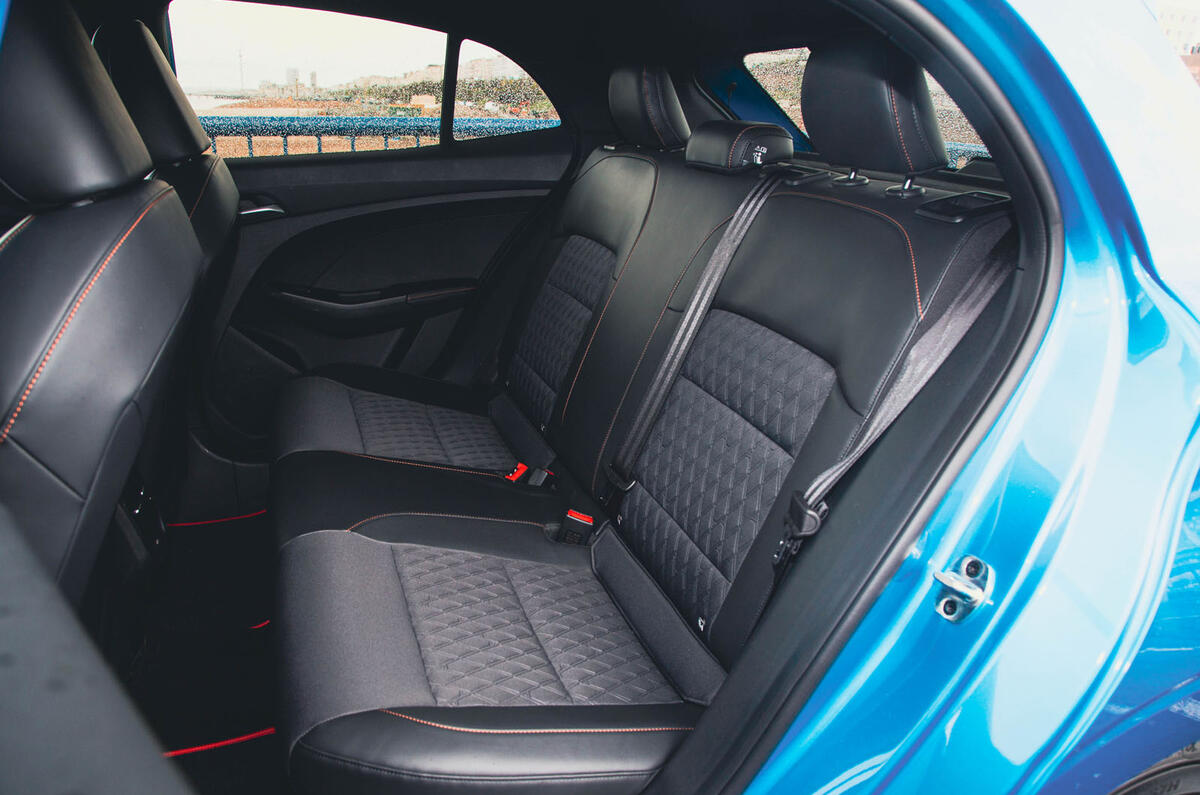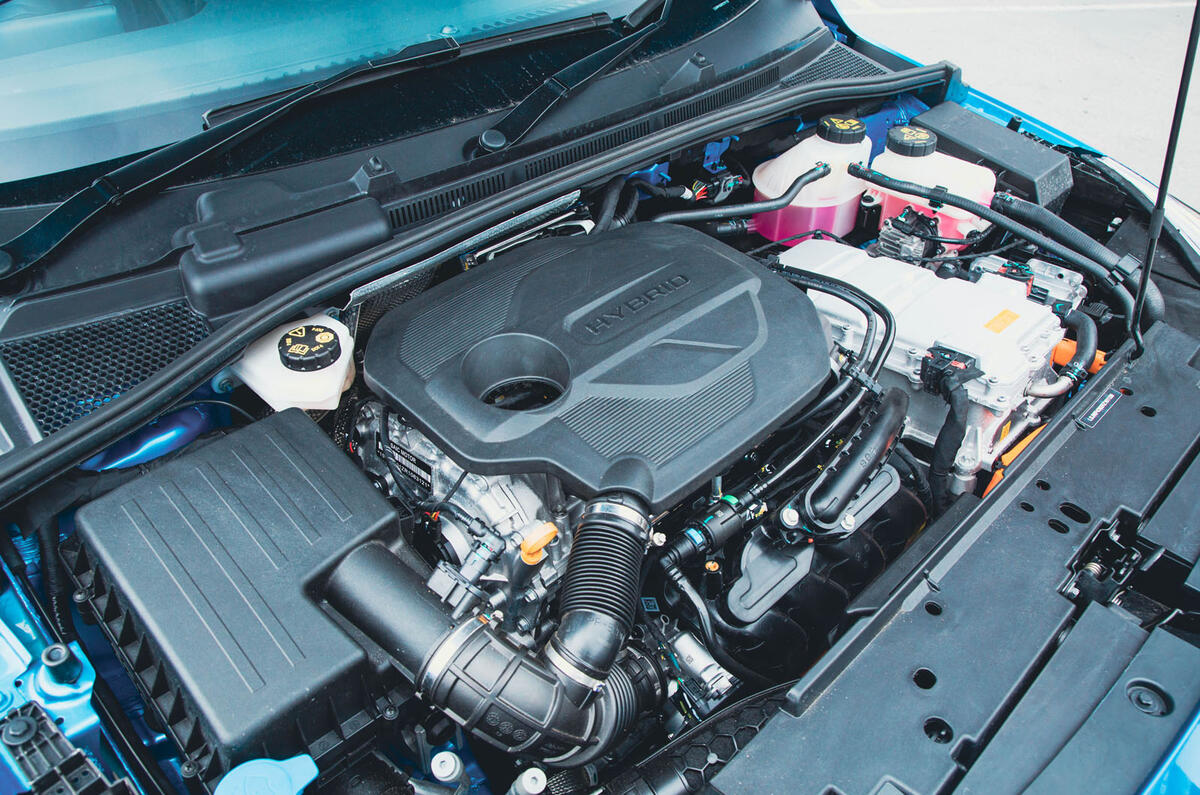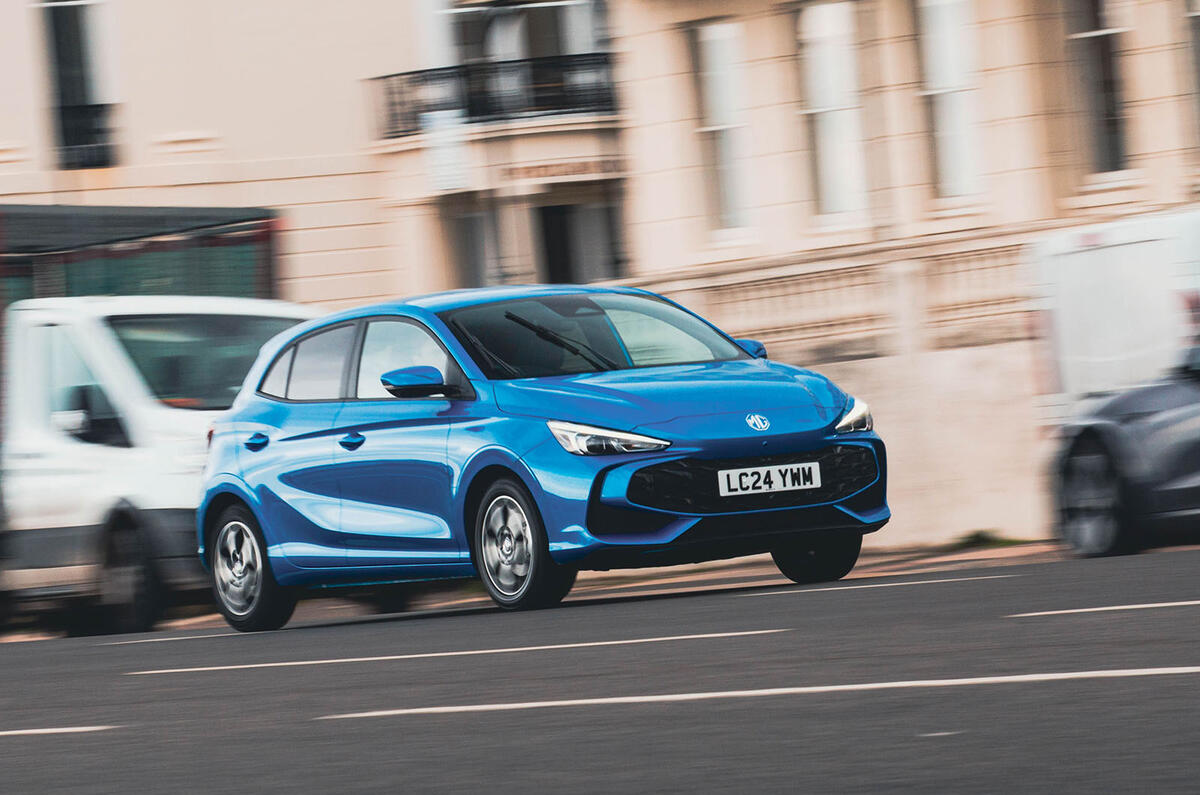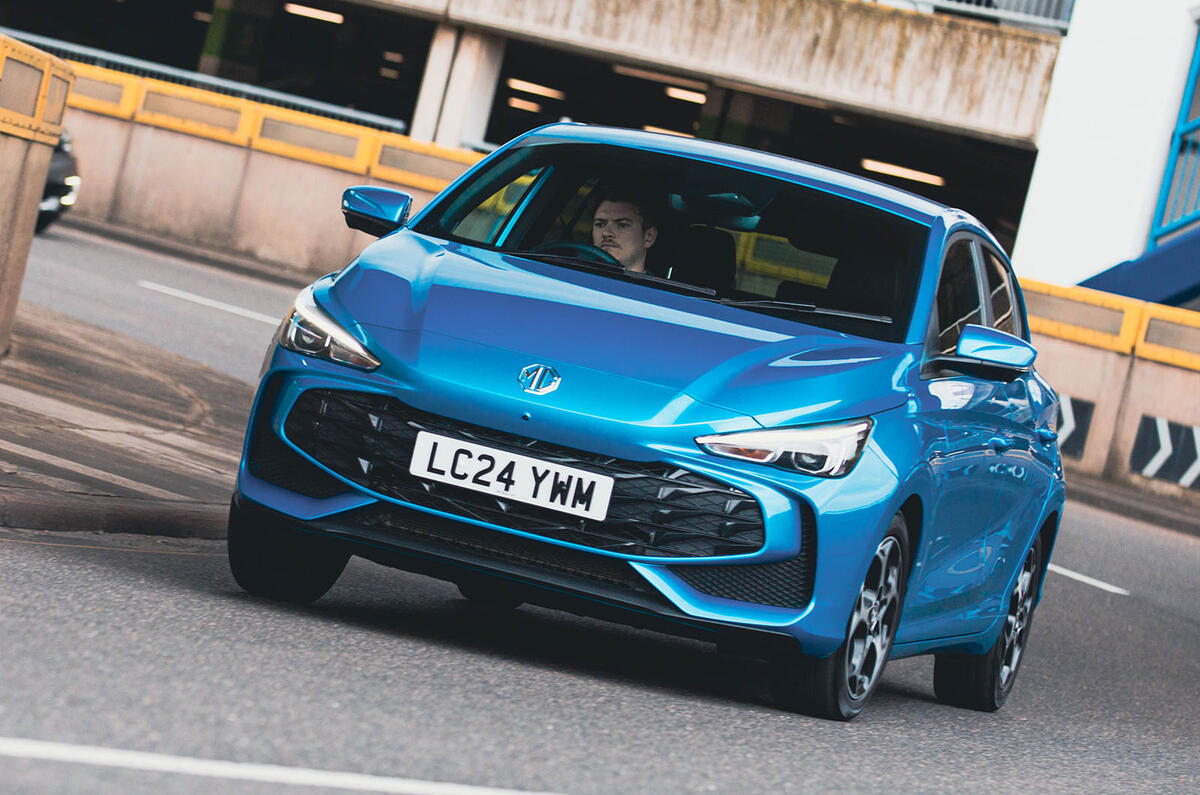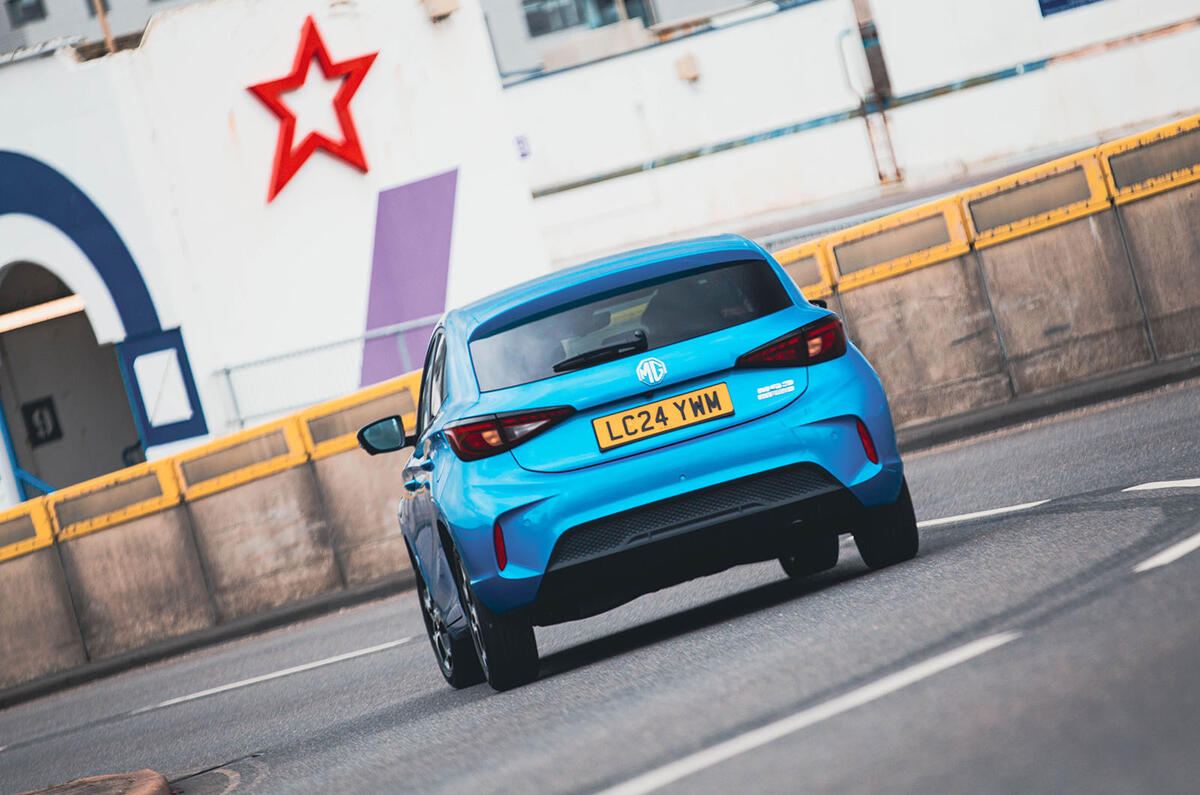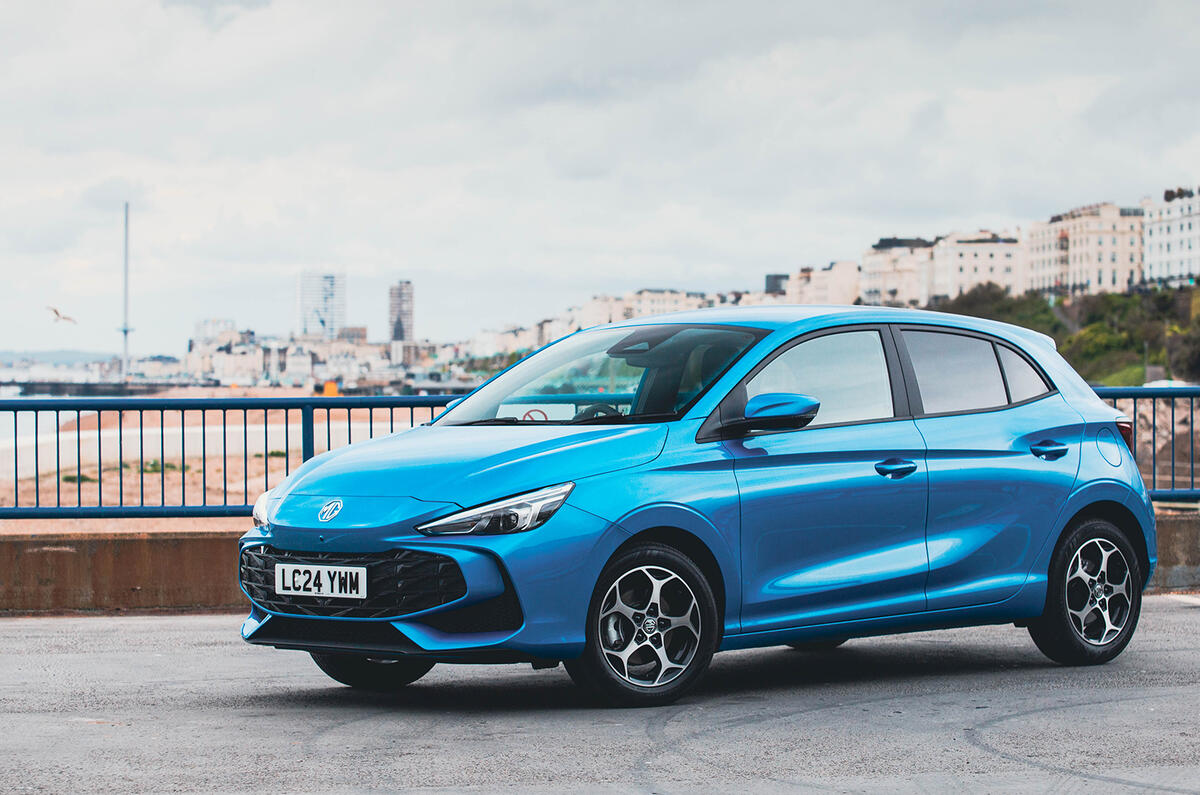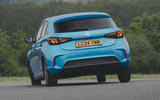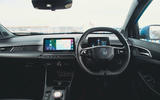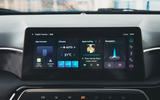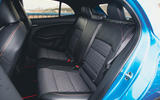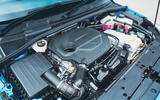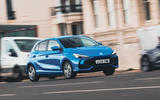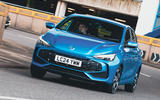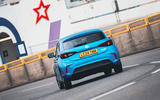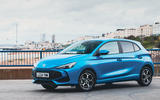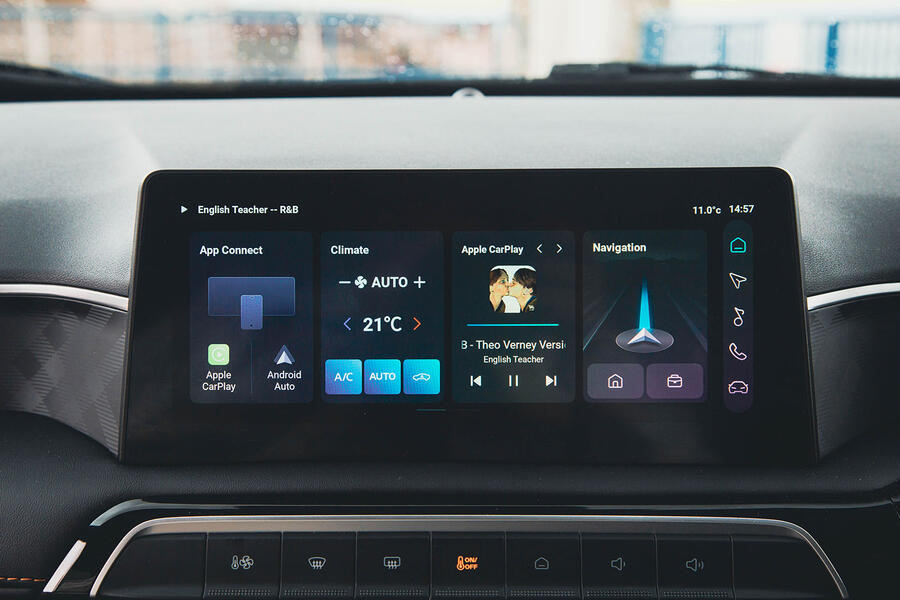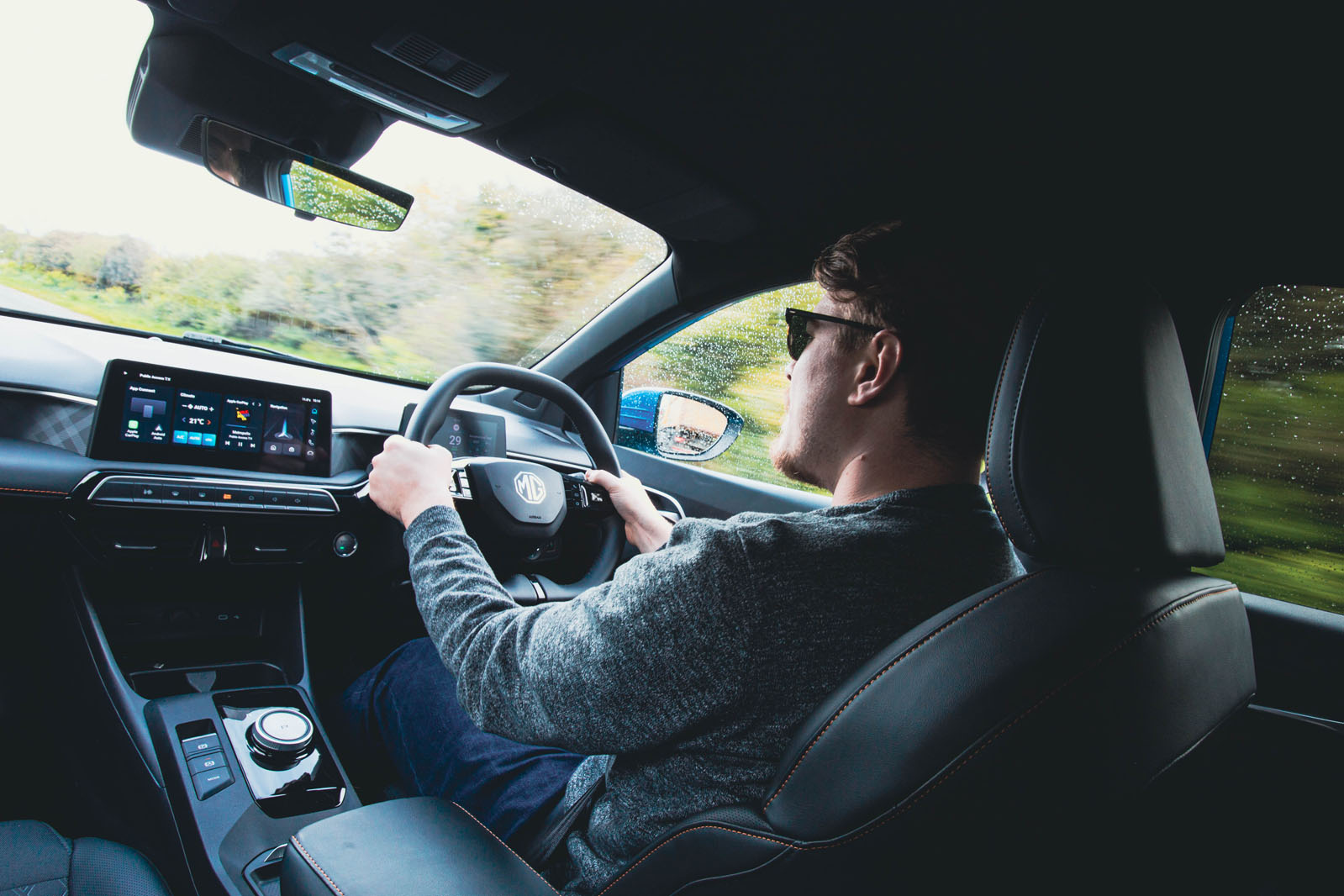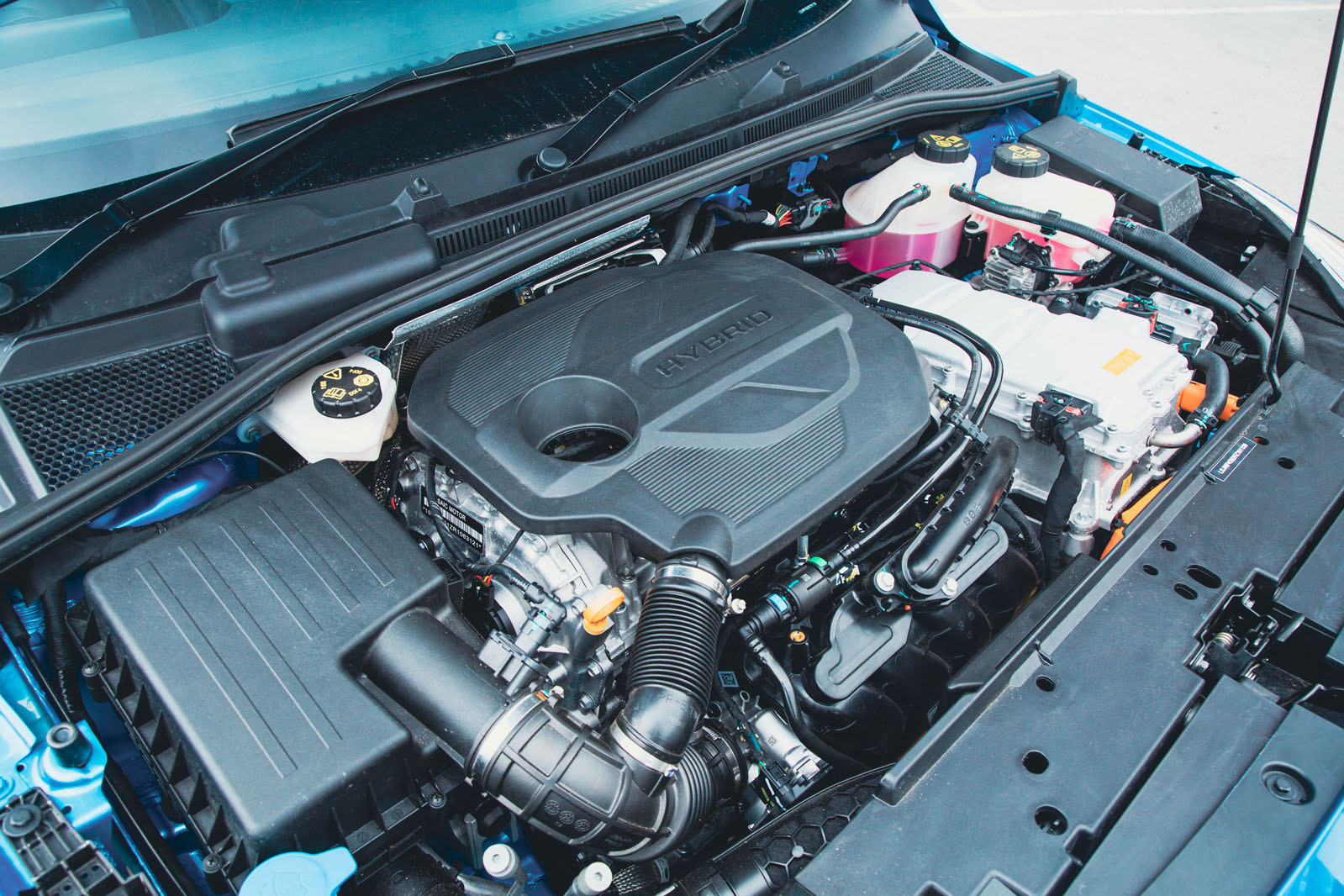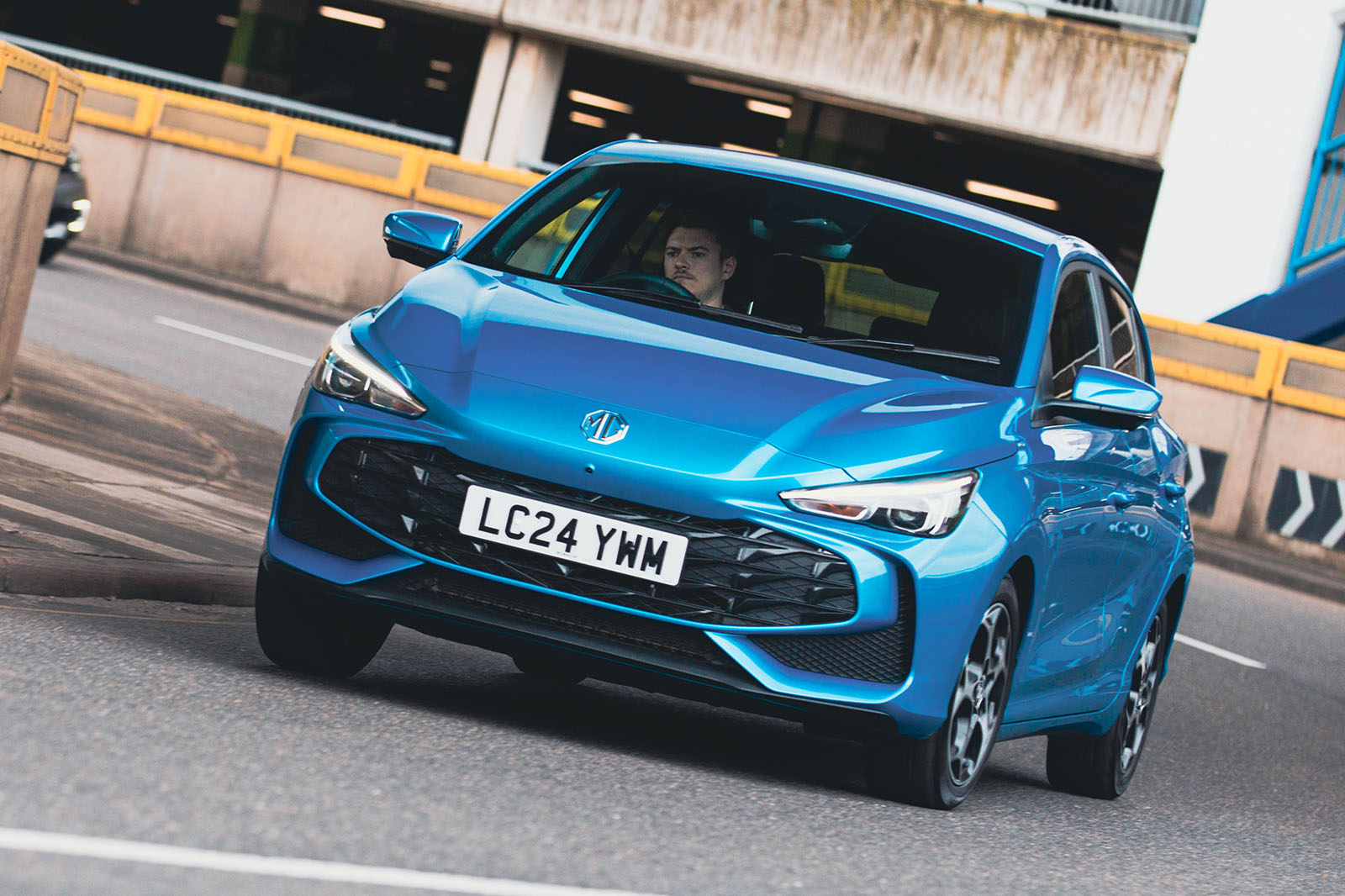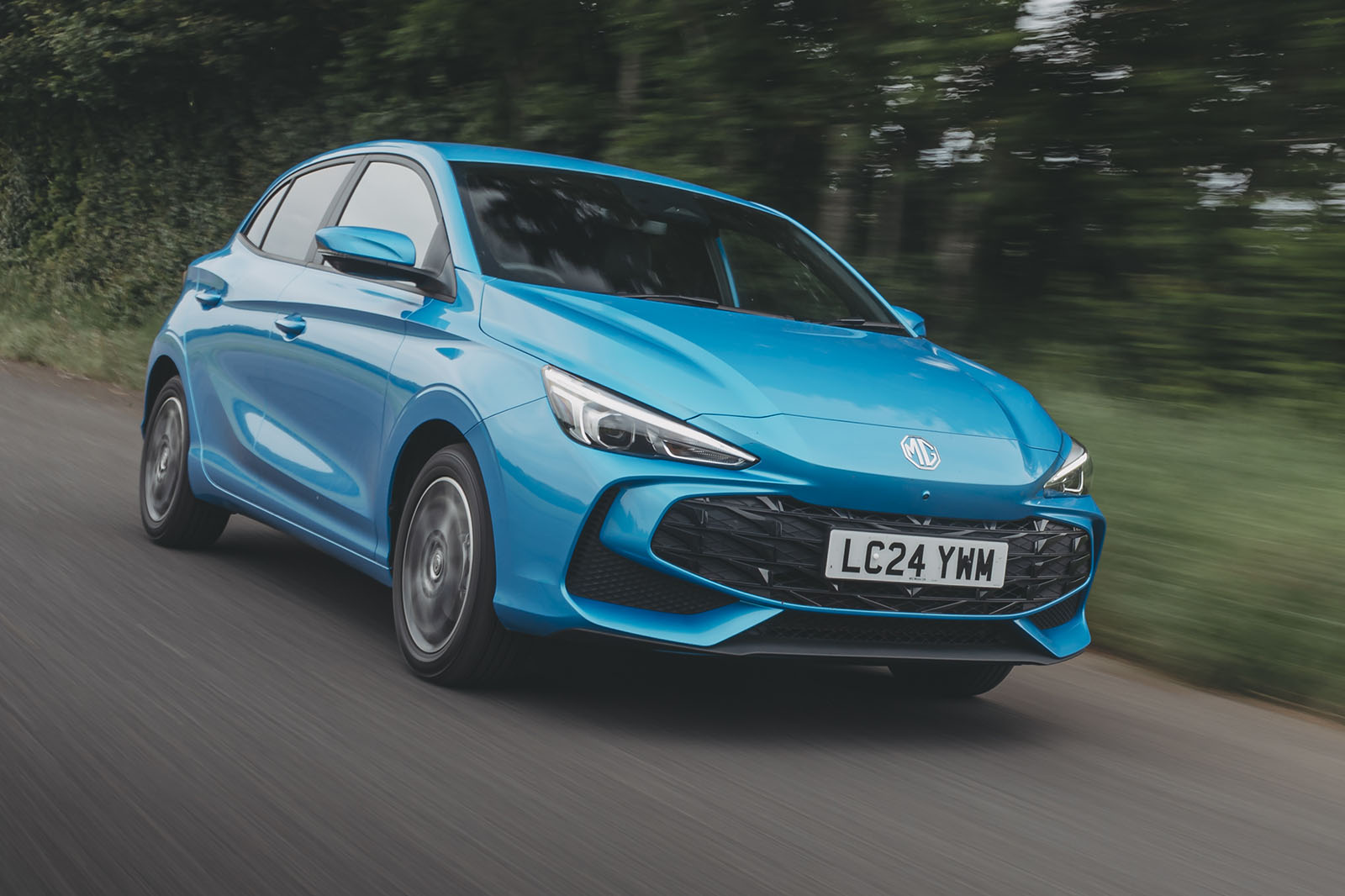MG may be making waves with its electric cars – the MG 4 EV in particular – but it isn’t one of those car makers that has already committed to a fully electric range. Mainly, it seems committed to delivering good value cars, such as the MG 3.
As a result, while some are reassessing whether small cars can be made profitably, MG is introducing a second generation of its MG 3 supermini. The old one had been around, in one form or another, since 2013 and went through two facelifts. By the end, it had become rather dated but still offered undeniable bang for your buck.
This new MG 3 is a clean-sheet design, the firm claiming that it has effectively skipped a generation, such is the progress compared with the old MG 3. It brings a new hybrid drivetrain, plenty of new modern tech and therefore also more cost, because even MG has profit margins to think about. Has it moved away from its USP, or found a way to offer even more for less money than its rivals?
The Range at a Glance
| Models | Power | From |
|---|---|---|
| MG 3 | tbc | tbc |
| MG 3 Hybrid+ | 192bhp | £18,495 |
The MG 3 has been launched with just one powertrain option, the full hybrid tested here. It comes in two trim levels, SE and Trophy. MG has confirmed that a more affordable petrol option with a manual gearbox is on the way but hasn’t released any details yet. MG offers a naturally aspirated 1.5-litre four-cylinder with a five-speed gearbox and a turbocharged 1.0-litre triple with a six-speed gearbox in other models, so the MG 3 is likely to get a variation of one of those powertrains.



